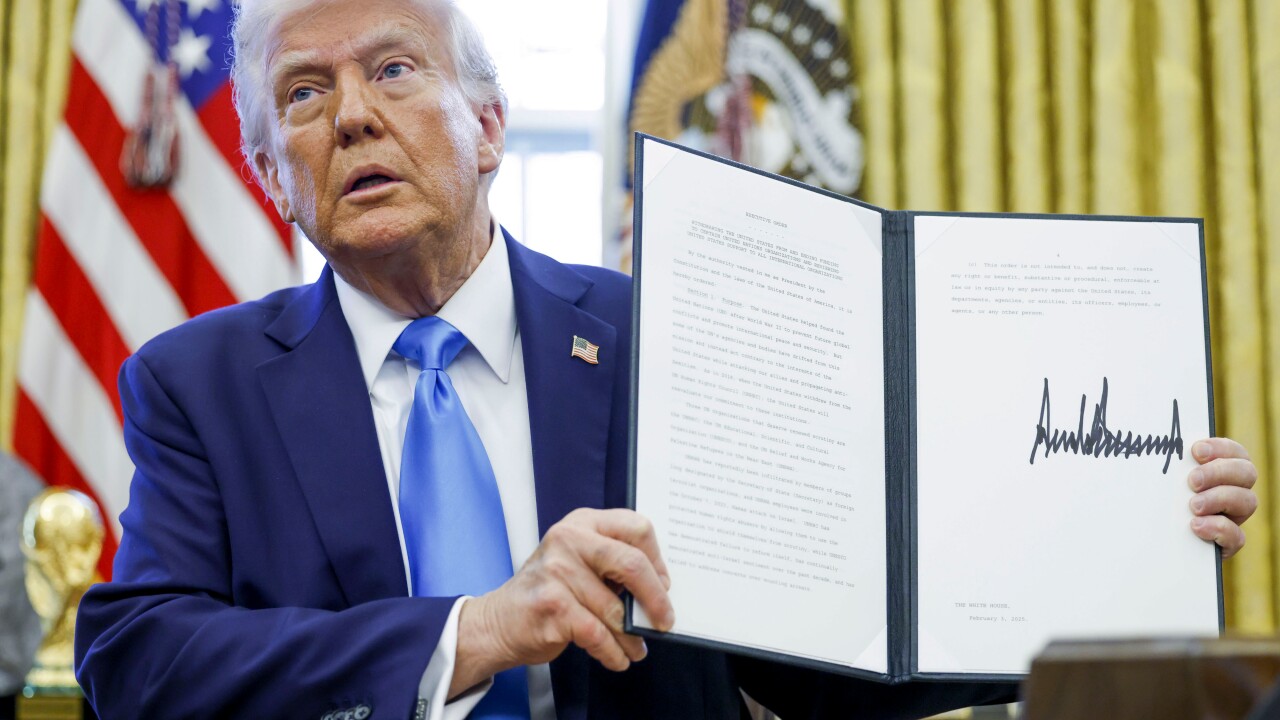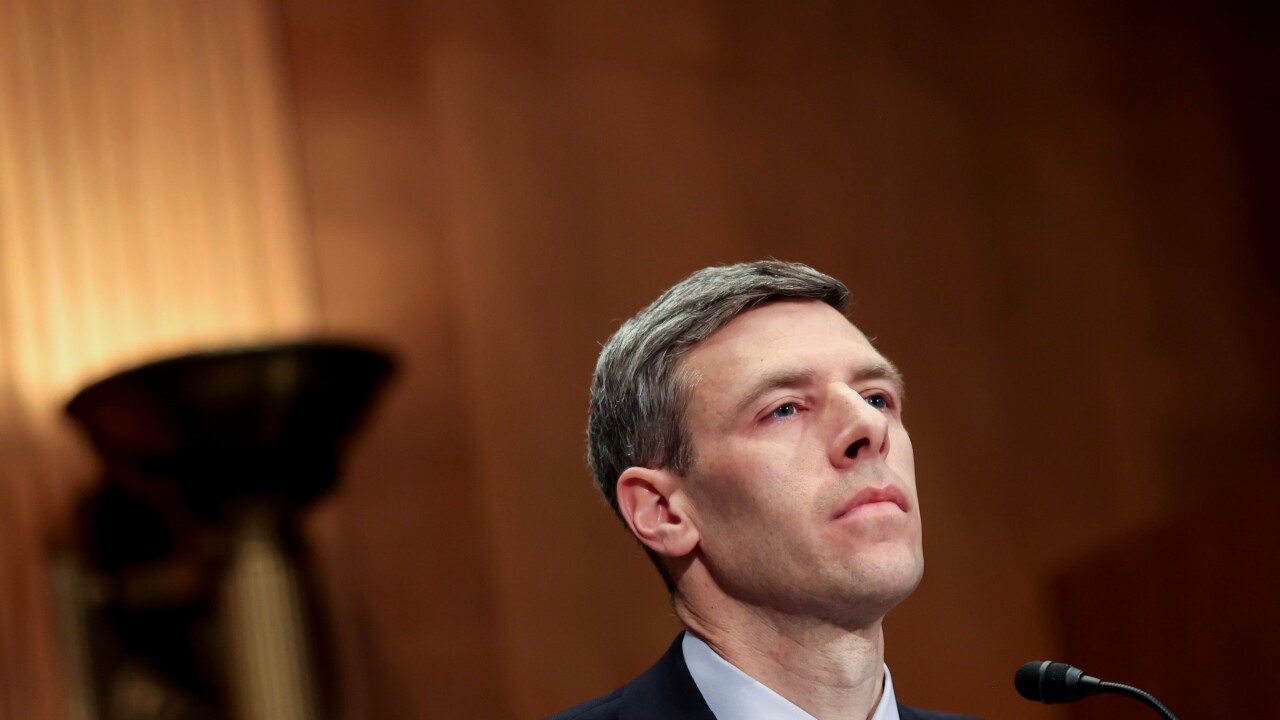Square's partnership with Apple to enable small merchants to accept Apple Pay is just one blip in Apple's overall strategy, but for Square it's a fundamental rethinking of its approach to its audience.
Small retailers are overwhelmingly dominant in the U.S., controlling far more stores and collective revenue than the top ten largest chains. They are also among the most stubborn when it comes to adding new payment options, particularly unproven technologies such as mobile wallets; many steadfastly
Square revolutionized payments for the micro-merchant audience with the introduction of its free magstripe reader in 2010, but it has often struggled to add lasting services to that offering. Its reader for EMV cards, unveiled last year, carried a $29 price tag, which is a small but meaningful deterrent for merchants that may not yet see the value in upgrading to EMV security.
When
The second move was to offer a reader that could handle EMV and NFC transactions, but not magstripe cards. For magstripewhich will likely account for the overwhelming majority of transactionsmerchants will need to dig out their older Square device.
So why would a merchant put out the NFC reader when it can't handle the most common payment card type in the U.S. today?
Although all existing Square customers already have the magstripe readers, it seems odd that Square is making merchants switch between two different devices based on which card or device the consumer presents. "That merchant experience sucks," said Aite Group payments analyst Thad Peterson.
It makes a little more sense, though, if the merchant is more interested in being able to proclaim its support of Apple Pay than of promoting EMV and NFC security by itself. That's where Apple comes in: The marketing boost a merchant gets from being able to say they accept Apple Pay is significant, particularly for merchants that serve younger consumers.
"For the coffee shopand especially those close to a college campusthe Apple Pay brand will help them," Peterson said.
Thus, merchants will be motivated to keep their NFC Square readers visible. And since EMV is built into this device as well, it will provide a boost to EMV acceptance at these stores as well. Suddenly, accepting a magstripe card becomes the more difficult process.
Apple will also benefit from merchants' desire to associate with its brand, Peterson said.
"It will dramatically increase the visibility of Apple Pay with micro merchants and SMBs," he said. "From Apple's perspective, it's a significant merchandising opportunity."
Peterson argued that there are two very different kinds of SMBs, but both will help Apple, albeit differently. The first group are in geographic areas where Apple Pay is already popular, starting with urban areas including New York, Austin, San Francisco, Boston and Seattle.
A second group exists where Apple will benefit initially more than merchants. That group includes micro merchants such as cab drivers and "flea market types, which was Square's original audience," along with small businesses in areas where Apple Pay has generated little interest, Peterson said. For those merchants, the spread of Square's NFC reader will be a catalyst for interest in Apple Pay acceptance.
"There's a marketing perception here: The more places you can use Apple Pay, the more valuable it becomes" for shoppers, said David Luther, chief marketing officer at mobile commerce vendor Mozido.
Though many small merchants are reluctant to update their stores for mobile wallets, EMV or even PCI compliance, many others are the site of
To encourage adoption of its new NFC and EMV reader, Square made the units free in two different ways. It is giving away 250,000 of the devices for free, and the remainder who pay $49 for the hardware will recoup that in a rebate in card processing fees, Square says on its
As long as it's free, even SMBs who have heard not even a hint of NFC interest from their shoppers will be happy to boast that they accept Apple Pay and other mobile wallets. And if that happens with the millions of current Square merchants, Apple Pay will start to gain the ubiquity that it needs. And it won't do Android Pay and Samsung Pay any harm, either.





